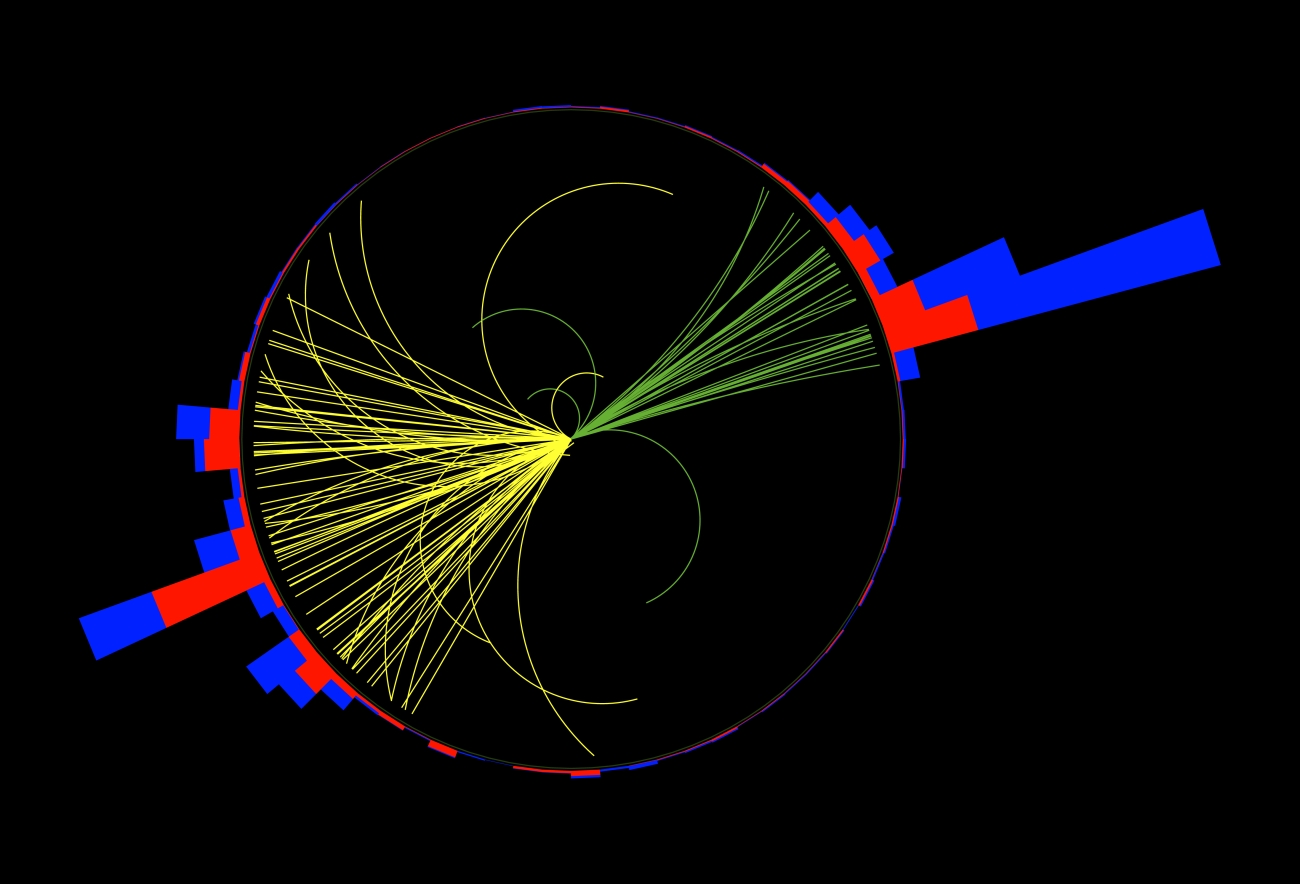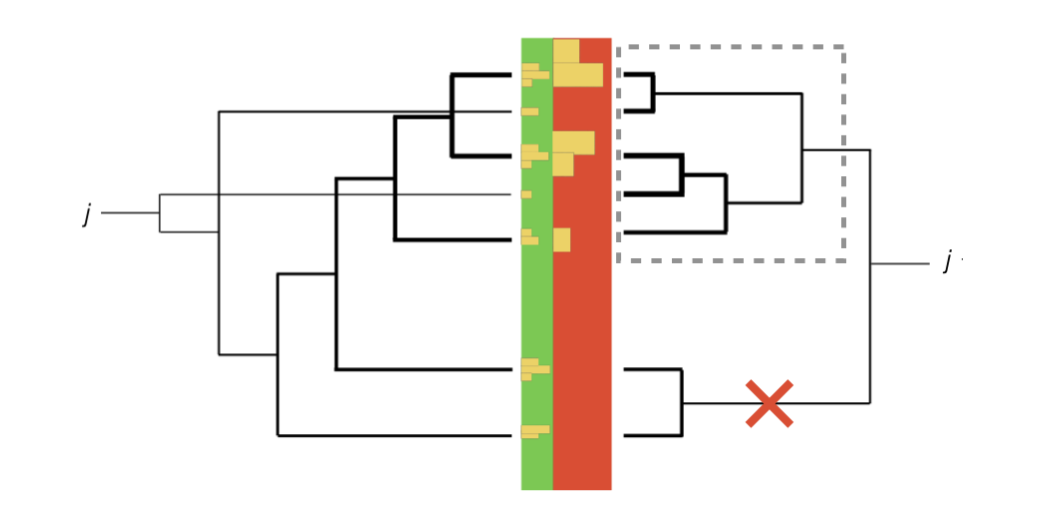Jet Substructure as a powerful probe of Quantum Chromodynamics

Jet substructure (JSS) has emerged as a powerful framework for studying the Standard Model (SM) and provides a key set of tools for probing nature at the highest energy scales accessible by terrestrial experiments. While not an experimental or theoretical consideration of the design of the original LHC experiments, JSS is now being widely used (1) to extend the sensitivity of searches for new particles, (2) to enhance the precision of measurements of highly-Lorentz-boosted SM particles, as well as (3) to probe the fundamental and emergent properties of the strong force in new ways. Along the way, the JSS community has been a catalyst for new detector concepts, new analysis tools (e.g., deep learning), new theory techniques, and more. Jet substructure has been transformative for the physics program of the LHC and it can play a central role in the physics case for future colliders.
This article briefly reviews recent measurements of jet substructure – goal (3) in the list above. One of the key challenges that limited the utility of previous measurements of JSS was the mixing of physical effects. Studying observables in the context of perturbation theory was challenging because non-perturbative effects were significant across the entire spectrum. Tuning non-perturbative parts of simulations to JSS data was complicated because perturbative contributions were non-negligible. Precisely extracting information from JSS measurements required the full suite of tools for modeling Quantum Chromodynamics (QCD) and it was not easy to disentangle their contributions. A major breakthrough in this area came with jet grooming, whereby parts of jets are systematically removed to theoretical and experimental advantage (see Fig. 1). Early Run 2 results from ATLAS and CMS of the jet mass showed how grooming can effectively isolate physical processes like hadronization, which are not understood from first principles in QCD. By localizing the impact of hadronization, these measurements were compared with most precise JSS calculations to date and serve as an important benchmark for future experimental and theoretical studies.

Fig. 1: An illustration of jet grooming. The middle component is a representation of a two-component calorimeter, with energy deposits represented as rectangles with a height proportional to the amount of energy. The left hand side shows the standard jet clustering history whereby the hardest deposits are collected first (thicker lines). Grooming often entails first reclustering the constituents (e.g. closer first as shown on the right hand side) and then removing parts of the tree that fail some criteria.
While the jet mass measurements represented a key milestone in the development of precision JSS, there was a significant experimental roadblock for pushing further. Resolving the structure within a jet requires precision reconstruction at angular scales much smaller than what is typically needed for other measurements. For example, since all individual detected particles are nearly massless, the mass of a jet is measured from the opening angles between their constituent particles. If two particles land within the same calorimeter cell, then the mass is too small to be resolved. A solution to this problem is to use charged-particle tracking to precisely measure jet substructure observables. The full energy flow within a jet requires both calorimetry and tracking, but the relatively coarse segmentation of the former significantly worsens the resolving power of jet substructure in certain regimes. Both ATLAS and CMS have shown that observables like the jet mass can be more precisely measured with charged particles and there is now a growing theoretical understanding of how to relate these measurements to theoretical calculations. However, these calculations may require some experimental input, since the distribution of energy from charged particles within jets is not calculable from first principles. A complementary program using particle flow reconstruction to precisely reconstruct the full energy flow is also ongoing.
Another major breakthrough came towards the end of Run 2, with the proposal of the Lund Jet Plane (LJP). This concept is a way of dissecting an entire jet without projecting the radiation pattern onto a single observable like the (groomed) jet mass. The LJP was first measured by ATLAS (see also this article), where it was demonstrated that like grooming, the LJP can isolate physical effects (see Fig. 2). Unlike grooming, the LJP is multi-dimensional and so gives more handles for exploring different physical processes. Since that time, similar studies have been performed by ALICE and by CMS and are underway by LHCb. The LJP methodology was also used by ALICE in the first direct observation of the Dead-Cone effect in Quantum Chromodynamics (QCD).

Fig. 2: Counter-clockwise from top left: diagram of the isolation of physics effects in the LJP, ATLAS, CMS, and ALICE measurements of the LJP density. z ~ kT/R.
An exciting area of ongoing innovation is the integration of Machine Learning (ML) with JSS measurements. While the combination of ML and JSS for searches is now a well-established research program, this combination for measurements is much more recent. For example, H1 at DESY and LHCb have used machine learning to perform multi-differential measurements of jet substructure. Such highly differential measurements would have been difficult or impossible with previous methods and lay the groundwork for exploring strong force phenomena in their natural high dimensionality. Tools from data science have also been adapted to create new jet and event substructure observables, which may be able to provide complementary probes of the strong force. For example, ATLAS recently presented a measurement of the event isotropy, an observable defined using the tool of optimal transport.
The JSS community is constantly innovating and imagining new ways of studying jets. For example, there is a growing number of applications of JSS to heavy ion collisions. In this context, JSS is a promising tool for characterizing the response of jets to the quark gluon plasma. JSS measurements are also finding utility in top quark physics – beyond top quark jet identification – for measurements of the top quark mass. CMS has been pursuing this line of research, with the hope that JSS may provide fewer or at least complementary theoretical challenges with the interpretation of the extracted mass. Electroweak physics may also benefit from JSS measurements. The latest research in this direction comes from ATLAS, with a measurement of Z bosons within high momentum jets.
These developments and more will be the focus of the annual international conference on jet substructure called BOOST. This year’s iteration will be held at Berkeley Lab and will feature contributions from all four LHC experiments, alongside other experimental results and the latest theoretical developments. Even though Run 2 is long over and Run 3 is under way, there are still many more exciting JSS results in the pipeline. The physics of JSS is still rapidly developing while also now fully integrated into the physics programs of the LHC experiments. It will be exciting to see what innovations are in store for us through the LHC, the high-luminosity LHC, and beyond.
Acknowledgment: The author would like to thank Christine Aidala, Laura Havener, Roman Kogler, Matt LeBlanc, and Sal Rappoccio for helpful feedback on this article.
